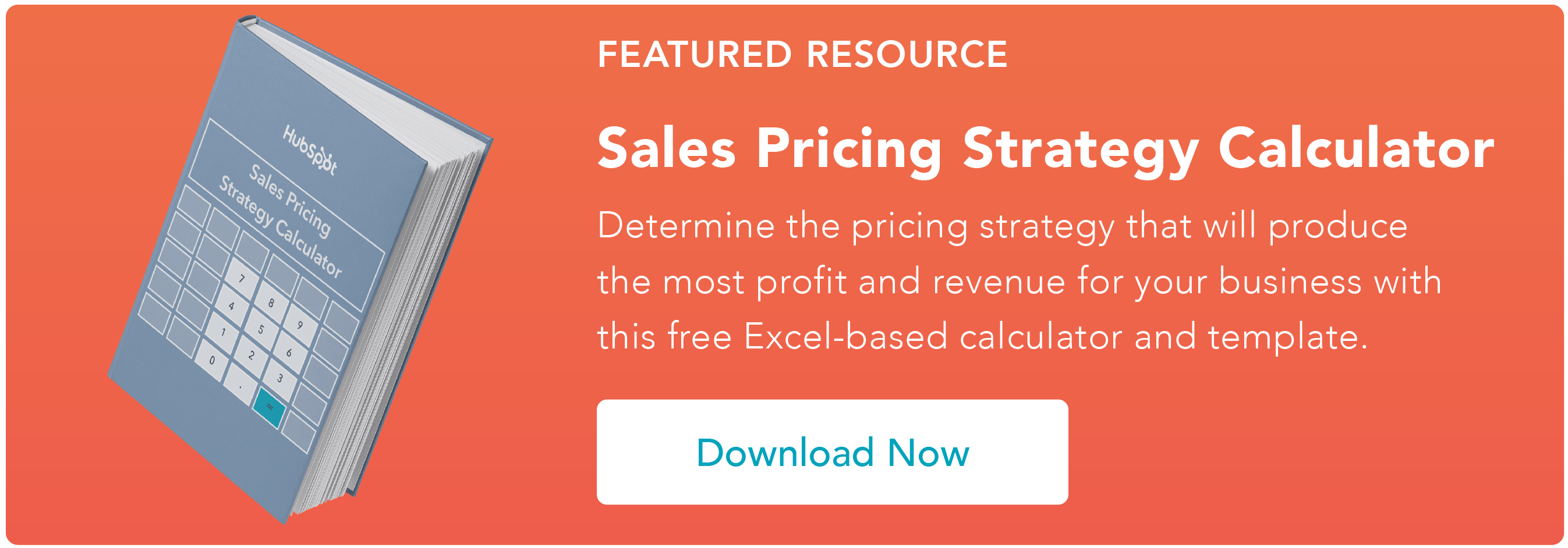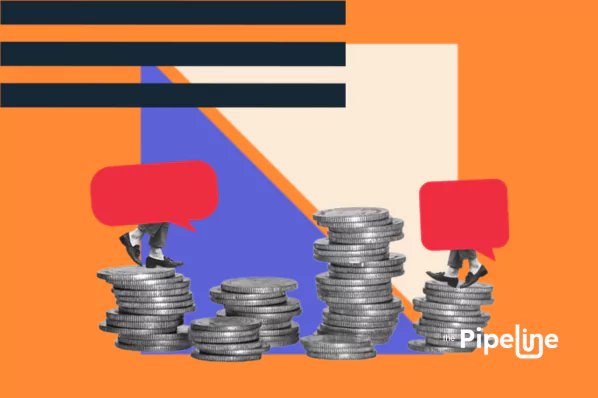There are several examples of price leadership in action — one of the most prominent ones being Apple. As of Q4 2021, Apple controlled roughly 56% of the US smartphone shipment market share. Its closest competitor, Samsung, only controlled 22%.
Since Apple is so dominant — relative to its competition in the space — it has the flexibility to raise or lower prices and dictate how the market responds. For instance, Apple lowered the price of the iPhone 12 to $799 in 2021. In response, Samsung dropped the price of its competing Galaxy S21 to the same price.
Since the iPhone is so much more popular than the Galaxy S21, Samsung was more or less forced to lower its price to remain somewhat competitive in the smartphone market — a fitting example of how a price leader impacts others within its market.

Types of Price Leadership
There are three options when it comes to price leadership: Barometric, Dominant Firm, and Collusive. Let’s take a closer look at how each of these types operates.
Barometric Model
When a company, regardless of size, can spot market changes faster than other companies and adjust to those changing conditions, competitors will follow that business’s lead instead of monitoring the market changes on their own. They will put their trust in this business and adjust their prices accordingly.
Dominant Firm
This type is usually a business that is larger than competing companies within an industry and controls the majority of the market share. Since the company is so much larger and sells at a considerably higher volume than others in its space, it has the flexibility to charge less for its product or service.
This makes it difficult (and occasionally unsustainable) for smaller companies to compete. When this gets out of hand, it’s referred to as predatory pricing — an often illegal practice rooted in purposefully hurting the smaller companies.
Collusive Model
If you’re not one of the largest companies in a market — and you don’t spot changing conditions quicker than others — you can still become a price leader by teaming up with other powerful businesses in your industry to set prices.
Alone, you may not be the dominant force, however, with several companies banding together, you can exert enough influence to impact pricing for the entire industry.
The Pros and Cons of Price Leadership
Price leadership has many benefits, but it’s not the solution to every business's woes. Let’s take a look at some of the pros and cons of this strategy.
Pros
Fewer Price Wars
When small companies vie for the position of price leader, prices get lower and lower until no one can compete. When a true price leader enters the picture, all of the small players will fall into line and focus more on keeping their own market share.
Increased Bottom Line
Larger companies do enough volume of sales to charge less per product. When they lower their prices, they are likely to attract more customers for increased volume and will make more money despite their decreased margin.
Better Products
With more volume and more income coming in, businesses have the freedom to invest in research and development to create new products. These new products will change the face of the industry, bringing greater value to customers, more sales to the business, and firming up their position (even more) as a dominant player.
Cons
As with anything, there can be negative consequences to the market when a business steps up as the price leader. We talked earlier about predatory pricing — when price leaders purposefully lower their prices to a point where other businesses can’t compete. Unfortunately, this can happen accidentally as well.
When a business gains more customer volume through lower prices, invests in R&D, and gains even more market share because of its new and improved products, competitors will struggle to keep up and may end up going out of business.
With no competition, the price leader now has a monopoly. Once this occurs, it can raise prices, spend less on innovation, and allow its customer service to slide.
On the other hand, if a price leader raises their prices, and other businesses follow suit, the customer is the one who suffers, being forced to pay more for previously less-expensive products.
Could you be a price leader?
Price leadership is common in oligopolies or industries with a state of limited competition such as commercial airlines.
For instance, imagine if United Airlines decides to lower their prices to increase travel mid-pandemic. Since most of the major airlines provide similar offerings, and since it’s so easy to compare the price of flights online, other airlines may feel compelled to lower their prices to stay competitive.
To be a price leader, you’ll need to fall into one of these camps:
- You have a large market share. Your business sells so many products that you can operate at a smaller margin and still make a profit.
- You have a good eye for market changes. You have a knack for noticing industry fluctuations and can react quickly to unexpected changes in the market.
- Your execution is top-notch. Your company may be better at getting things done. This often occurs in service industries where customers are willing to pay more to work with companies that are more productive and deliver better results than those that don’t.
- You have patented technology. Having developed or acquired technology unavailable to others, you may choose to charge a premium for your products while others will have to lower their prices to compete with your high-quality products.
If any of these options describes you, price leadership may be a potential strategy for your business.
Price leadership doesn’t just happen overnight. To get there, you need to focus on creating the best possible company you can — with quality products, efficient delivery methods, and superb customer service. As you grow larger and gain more of your market share, you’ll have the freedom to set prices the way you want and to influence others in your industry.
Use this power responsibly and always keep the customer’s best interests at heart. If you can’t be the only company that offers what you have, be the best.
Pricing Strategy
.png?width=112&height=112&name=Image%20Hackathon%20%E2%80%93%20Vertical%20(45).png)
.jpg)








![Price Skimming: All You Need To Know [+ Pricing Calculator]](https://53.fs1.hubspotusercontent-na1.net/hubfs/53/price-skimming-strategy.jpg)

.jpg)